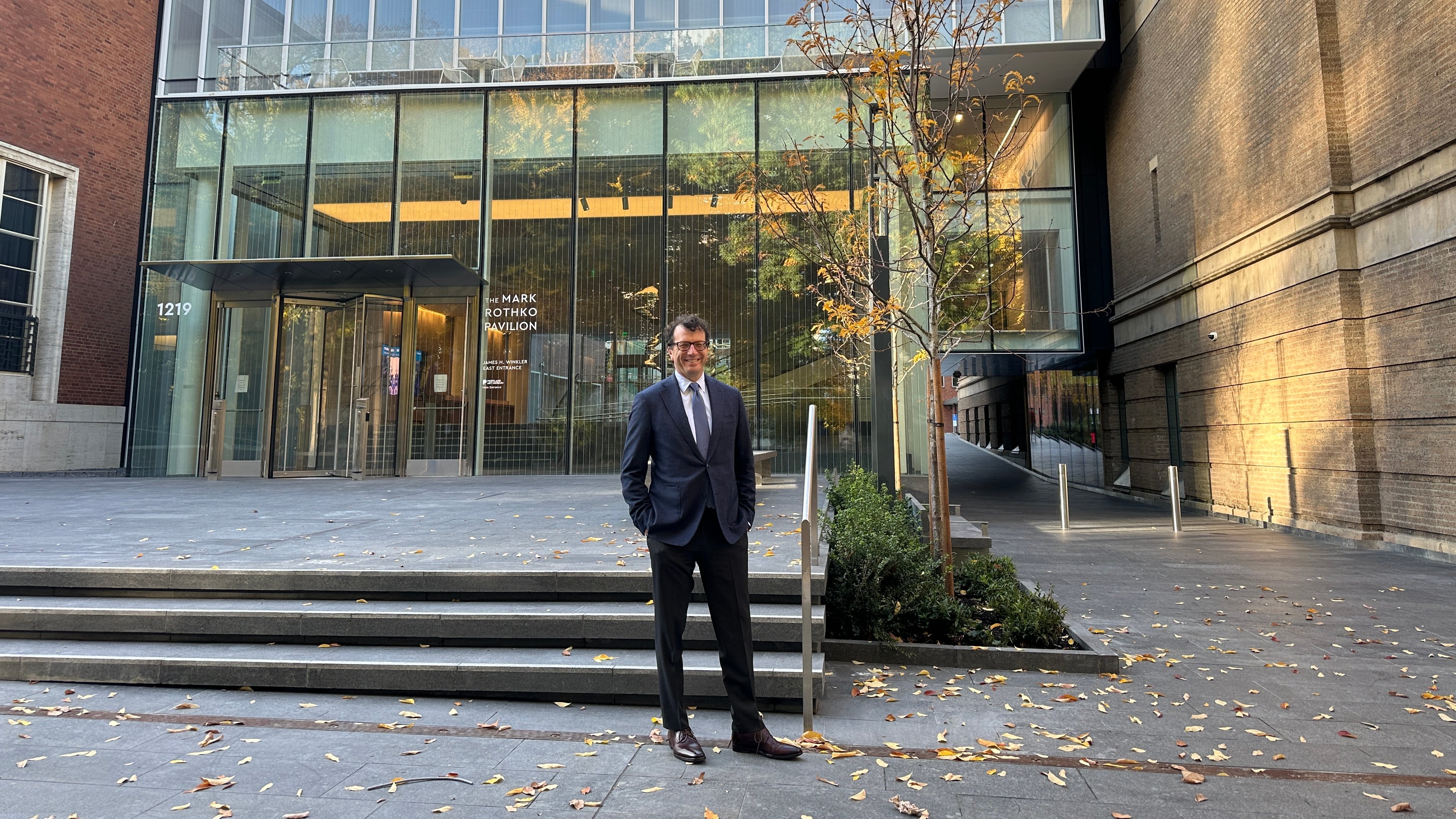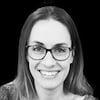If timing is everything in life, Brian Ferriso has chosen quite a moment to exit from his post as director of the Portland Art Museum. The PAM campus fully reopened Nov. 20 after a $111 million renovation and expansion. Just 11 days later, on Dec. 1, Ferriso will begin his new job as director of the Dallas Museum of Art.
Just like that, Ferriso’s nearly two decades at the helm of PAM will be over, with less than two weeks for him to enjoy the new Rothko Pavilion, the glass enclosure that connects two PAM buildings and is the centerpiece of the renovation. Even more pointedly, Ferriso’s first order of business in Dallas will be to lead the DMA through a campus expansion.
Apparently, Ferriso, 59, is not one for resting on his laurels, enjoying the fruits of his labors, or any other such idiom for taking a damn break.
“I feel like I lost five years with the pandemic in my career and my professional journey,” Ferriso says. “So as I approach a certain age, at which historically people sometimes retire, I feel like I’ve just gotten started.”
Ferriso came to PAM in 2006 after serving as director of the Philbrook Museum of Art in Tulsa, Okla. In Portland, he found a museum with a beautiful new wing in the Mark Building (the former Masonic temple that was renovated by PAM in 2005), but also some problems on the staff side.
In an exit interview at his office in the Mark Building on a sunny fall afternoon, Ferriso spoke to WW about the museum he inherited, the one he’s leaving behind, and all the work in between.
WW: What was the state of the museum when you got here in 2006?
Brian Ferriso: This office was beautifully designed and well appointed, but also underneath there was a lack of understanding of all the finances of where we were as an institution given the pledge payments, the capitol campaign, some of the issues on the construction side of this project. So it was a little bit murky. I don’t think everyone understood it. It took me a while to unpack that.
Also, I think the culture, internally, was not the place I wanted it to be…I didn’t find that level of love for being within the organization.
What’s the most important change you’ve made here since 2006? That’s maybe a dumb question given that we’re sitting down the block from the new Rothko Pavilion.
The building is just an envelope. If you don’t have a good culture and a good program and a great staff then the building is just a building. So I would say the thing I’m most proud of is, I think the culture is strong. I think we’ve got a committed staff. Our curators have been here 10-plus years, I’ve been here 19, these are extraordinary tenures. That is the metric I think about. Are we investing in our people? Are we creating an environment of trust and giving people the resources they need? That’s the No. 1 accomplishment.
What exhibition are you most proud of?
I think one project that was really rewarding is, I worked with our curator of photography Julia Dolan on the Richard Mosse piece called The Enclave…It was beautiful, it was shocking, it was contemplative, it was critical, and it was also a window into the complexities of the Congo. That was 2014.
Do you have any unfinished business that pains you to leave?
Yes. I feel like our learning department is still half the size that it needs to be. I think we should have double the amount of staff in that area. I think we have five, but that should be 10.
Opening up the print and drawing center, which was founded by [artist] Gordon Gilkey, is unfinished business. I think it’s really important. A lot of people entered this organization through Gordon Gilkey, who is a legend because he made art accessible. We’ve never been able to find the level of funding to get that back up and running, so it’s on the to-do list.
What do you think will be some of the big challenges or opportunities coming up for PAM in the next 20 years?
You need a better understanding by leadership in our city to say this is an essential resource for all rather than an attraction for a few. That will always be a challenge here. We’ve chipped away at it, but that can never stop being part of the conversation.
What are some ways you’ve chipped away at it?
Free access for children 17 and under. Free days. Free evenings. Those sorts of things. School tours for free.
One thing that I’m a little bit concerned about is, because there’s a scarcity, the ecosystem is fragile. This place is fragile, Literary Arts is fragile, the Symphony is fragile, Milagro Theatre is fragile, Oregon Contemporary is fragile—we can name many different organizations. I think it’s really important that the ecosystem understands that we’re all in this together. And I know it’s easier said than done, especially sitting up here in the museum, which has probably the highest profile and more resources than the others, but it’s all relative.
What is one Portland restaurant, park, and art gallery that you will miss?
I love the Lucky Lab on [Northwest] Quimby Street. It’s my favorite place. I would ride my bike in Forest Park then I would go down to the Lucky Lab and read the Willamette Week and drink a Super Dog IPA and it’s the perfect outing.
OK, that’s a restaurant and park. How about an art gallery?
PDX Contemporary was always something I responded to. Partly because Jane [Beebe’s] vision—she has a very clear vision on which artists she wants to show, and it’s very consistent. So I will miss Jane Beebe. Can you say that in a way that Liz Leach [owner of Leach Gallery] doesn’t kill me?

